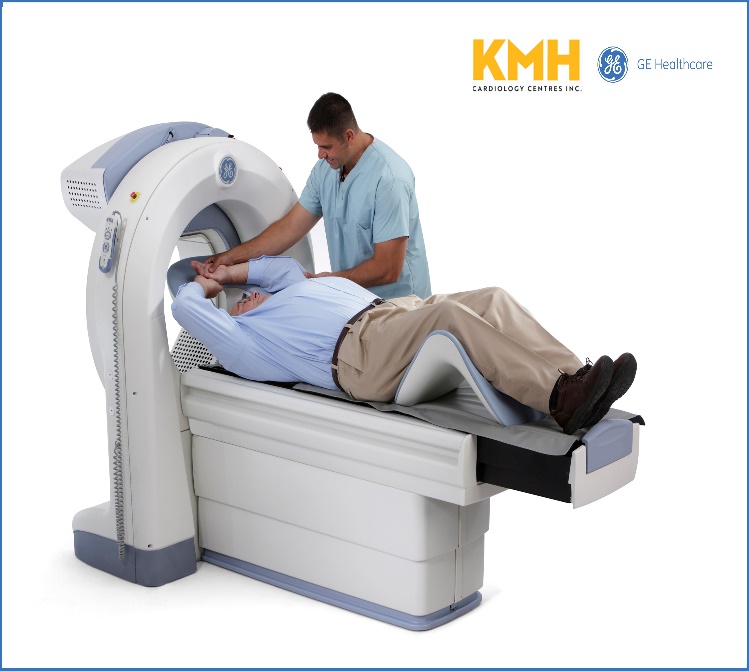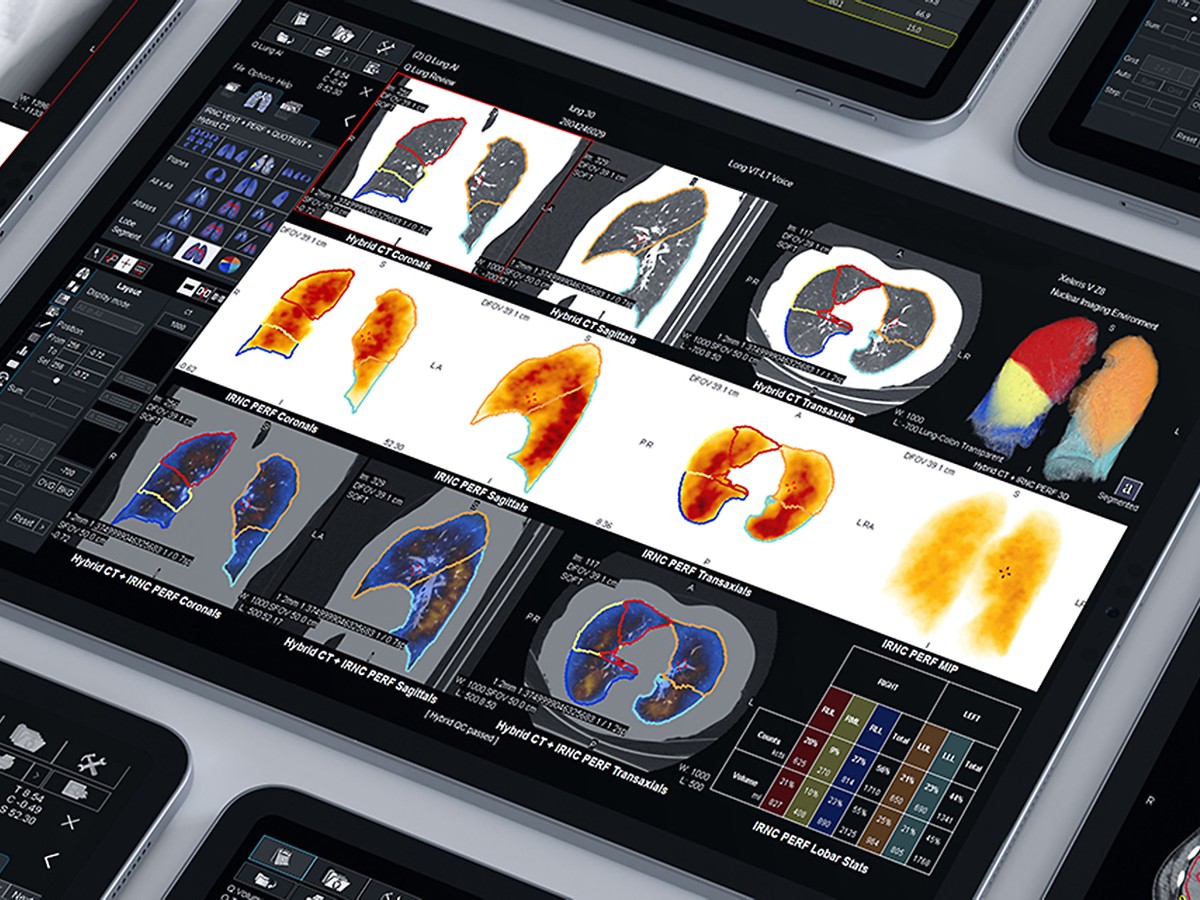When Ontario’s hospitals shifted their focus to treating COVID patients, Independent Health facilities in the community stepped-up.
At the height of the COVID pandemic, it was crucial for hospitals to focus their attention on patients who had contracted the novel coronavirus and others who required acute urgent care. During COVID, Canadian hospitals did an excellent job of maintaining their high standards of care for patients requiring urgent care across the entire spectrum of illnesses.
At the same time, screenings for conditions that are leading causes of death like cardiovascular disease and cancer were more challenging to access. The net result was that far fewer such tests were being performed in hospitals, which created the danger that many issues, if unattended, could soon turn into more urgent problems.[1]
Indeed, the Canadian Association of Radiologists reported that Diagnostic Imaging exams across Canada in 2020 were scaled back by 30 to 50 percent.[2] By June of 2021, the Ontario Medical Association reported that a backlog of over 16 million such procedures now existed in the province, led by MRI and CT exams.[3]
As the numbers of COVID patients have dropped in recent months, Canadian hospitals have returned to conducting more diagnostic imaging exams with the Ministry of Health requesting that hospitals attempt to provide 115% capacity to reduce the backlog. To meet this challenge, many hospitals have formed closer partnerships with Independent Health Facilities (IHFs).
One of these IHFs, KMH Cardiology Centres, has been working more closely with community and hospital Physicians since the start of the pandemic. The 10-clinic chain, which offers specialist consultations, diagnostic imaging (DI) including PET/CT, MRI, and cardiology tests across the province, received a surging number of urgent referrals.
“We certainly noticed an increased number of referrals from hospital ER Physicians and specialists,” said Ajay Deshmukh, CEO of KMH, based in Mississauga, Ontario.

For its part, KMH has recently relocated and rebuilt three new facilities, installed five new nuclear medicine gamma cameras, and upgraded its two MRI scanners. The company also operates a PET/CT scanner, the gold standard for cancer care staging.
Like hospitals, IHF operates under strict regulatory standards and oversights are in place to ensure that Ontario patients get a quality experience. And it would appear as if patients have been pleased with the clinics. During the height of the pandemic, KMH conducted 600 patient satisfaction surveys and received an overall score of 9.6 out of 10 on the satisfaction category and 9.5 when patients were asked whether they would recommend KMH.
“Our amazing staff, team of specialists, and technology work together in an effort to place patients first and help get Ontarians access,” said Deshmukh.
This is even more important in these times when access to testing is seen as the #1 health issue for Ontarians–as found in a July 2021 Ontario Medical Association survey of over 4,200 respondents.
“There are only 14 PET/CT scanners in all of Ontario,” said Deshmukh. “Only three of them are sited outside of hospitals, one of which is at our KMH Mississauga location.”
The company is well-known for its excellent cardiac care. Its suite of gamma cameras are superb at detecting problems in blood flow through the heart, using exams known as cardiac perfusion studies. The company also provides cardiac stress tests, echocardiograms, and Holter monitor tests.
Not only has KMH collaborated with GE Healthcare to use up-to-date equipment, but it has also invested in information technology. Platforms such as Hospital Report Manager (HRM®) and the Ocean® e-referral system enable doctors to also receive and send in referrals electronically.
The company has invested in virtual care, enabling its physicians to perform many of their duties remotely and share reports. It makes use of GE Healthcare Xeleris™ for nuclear medicine studies, a GE echo EchoPAC™, and an enterprise-level Carestream EchoPAC™ for other images.
“After the first few months of the crisis, during which GPs were adapting to virtual, and patients were told not to leave their houses, our volumes of referrals started to increase month over month, and we are now well past pre-pandemic levels,” said Deshmukh.
“This year, we’ll schedule over 130,000 appointments for Cardiology, MRI, and Oncology. By doing that, KMH is helping 130,000 people make one less visit to hospital systems that are all trying to prioritize and recover themselves.”
KMH is forming tighter relationships with hospitals in other areas, too. It recently created a first-of-its-kind partnership with Sunnybrook Health Sciences Centre under which KMH will service the rapid access clinic for Sunnybrook in the area of cardiology.
“For everyday, non-emergency cardiology services, our clinics will become an outlet to the Sunnybrook ‘hub’,” said Deshmukh. “We have the infrastructure for this.”
That will enable Sunnybrook to focus on more complicated and urgent cases, areas in which it has exceptional expertise. If their patients tested at KMH show signs of needing more comprehensive tests services, like intervention, they’ll go on to appropriate department labs at Sunnybrook.
“We know we can handle the many things that don’t absolutely need Sunnybrook’s four walls,” said Deshmukh. “We’ve got five clinics in the Greater Toronto Area, most with free parking and transit nearby so the idea is that it increases patient convenience and ease.”
The KMH partnership with Sunnybrook is an example of how IHFs are resilient supporting hospitals during the COVID crisis and into the future. By playing a role in their local communities, urgent or otherwise, IHFs like KMH are allowing hospitals to recover from COVID, helping clear the backlog and wait lists with new facilities and diagnostic services.
Increasing access is the challenge for all Ontario’s healthcare providers–who must now all endeavour to accomplish the goal of providing excellent health care together and meet the challenges that lie ahead.
References
[1] https://www.newswire.ca/news-releases/oma-estimates-pandemic-backlog-of-almost-16-million-health-care-services-801088319.html
[2] Addressing the Medical Imaging Dilemma in Canada: Restoring Timely Access for Patients Post-Pandemic. chrome-extension://efaidnbmnnnibpcajpcglclefindmkaj/viewer.html?pdfurl=https%3A%2F%2Fcar.ca%2Fwp-content%2Fuploads%2F2021%2F07%2FCAR-PreBudgetSubmission-2022-e-web-FINAL.pdf&clen=715975&chunk=true
[3] www.newswire.ca/news-releases/oma-estimates-pandemic-backlog-of-almost-16-million-health-care-services-801088319.html





